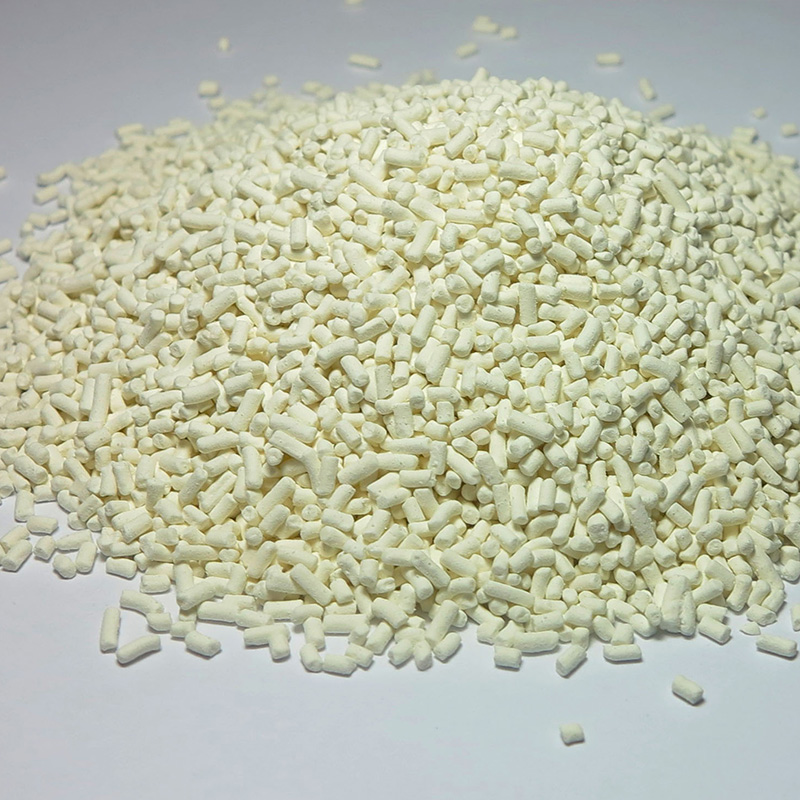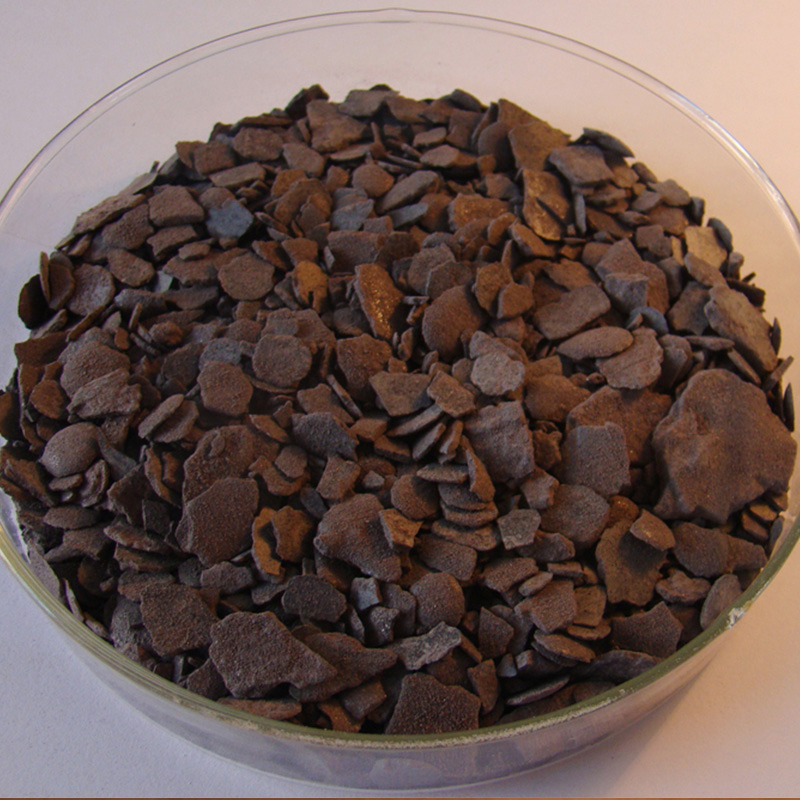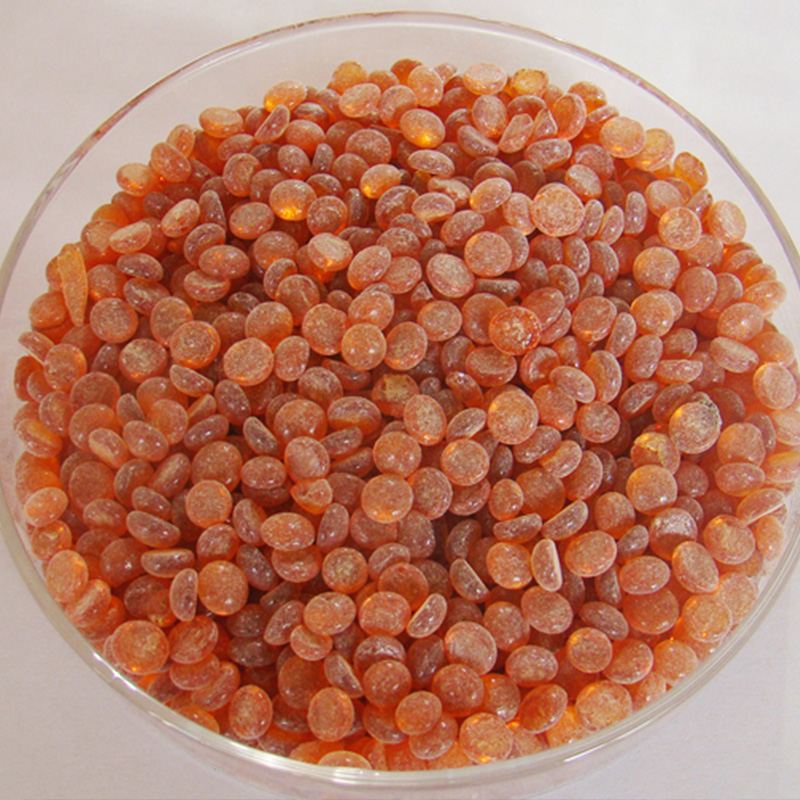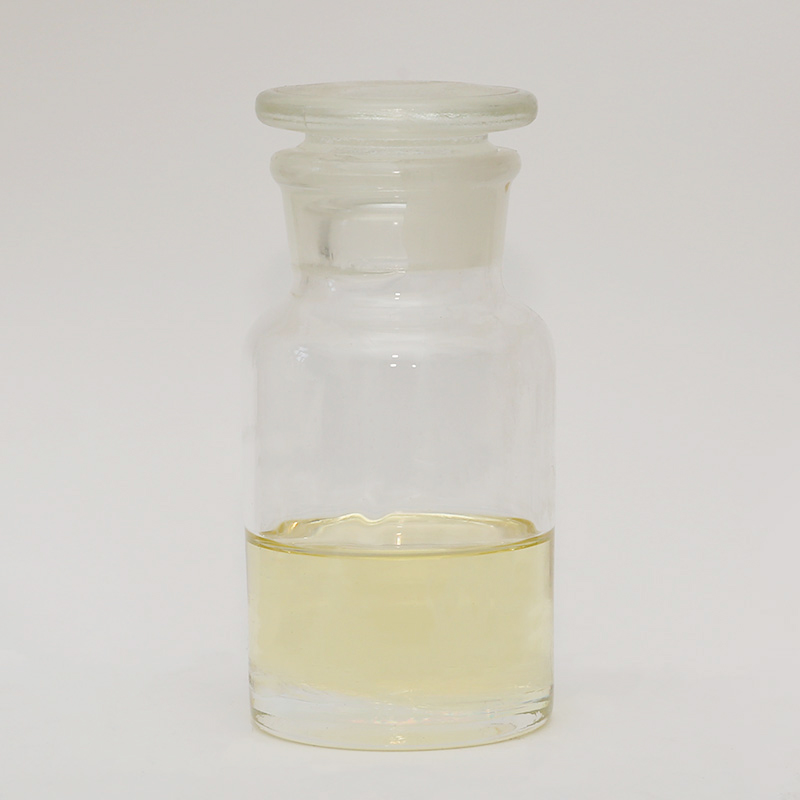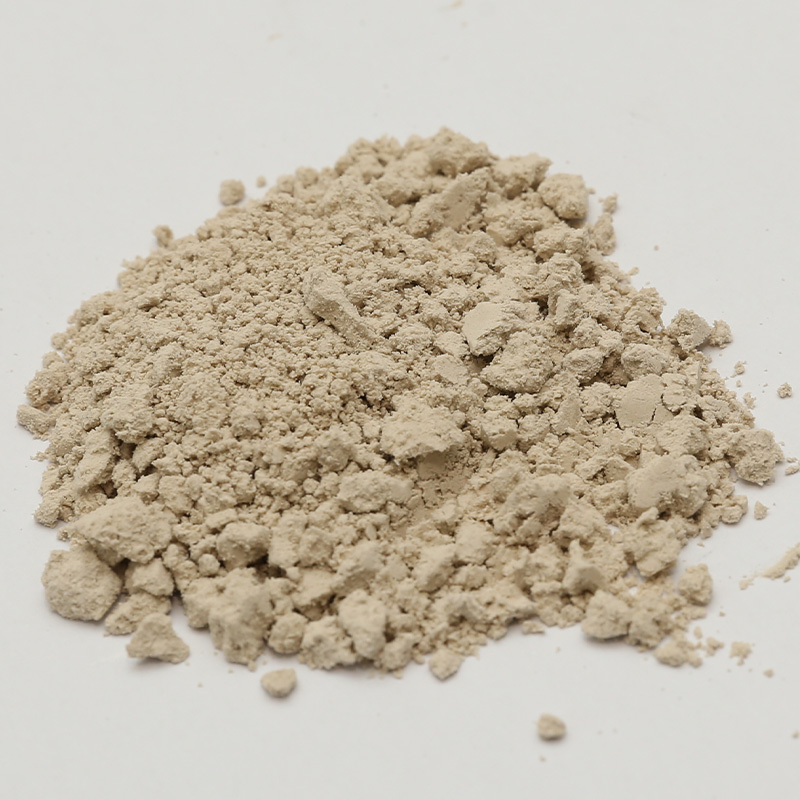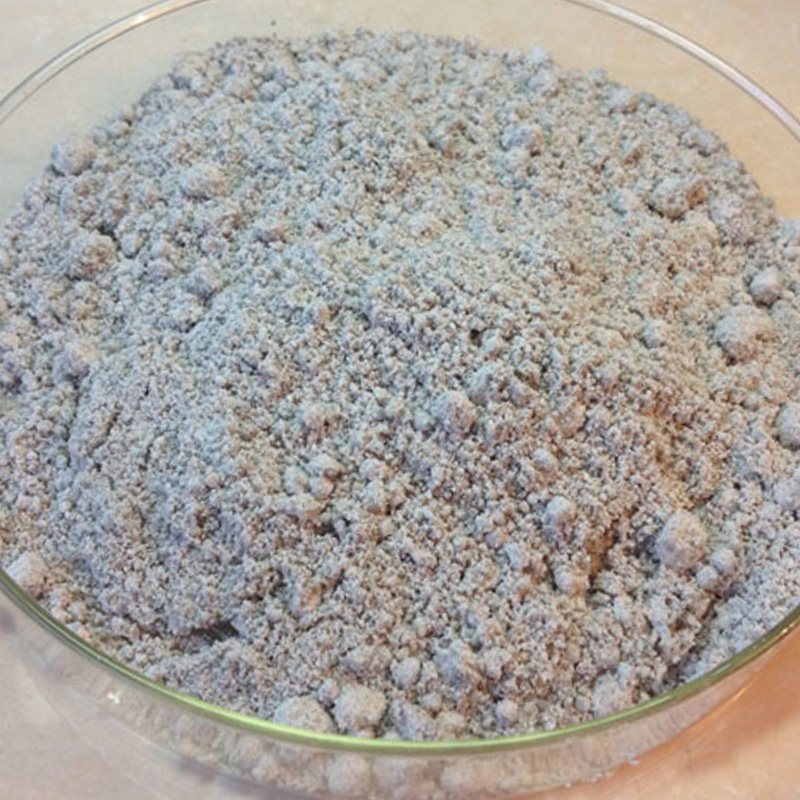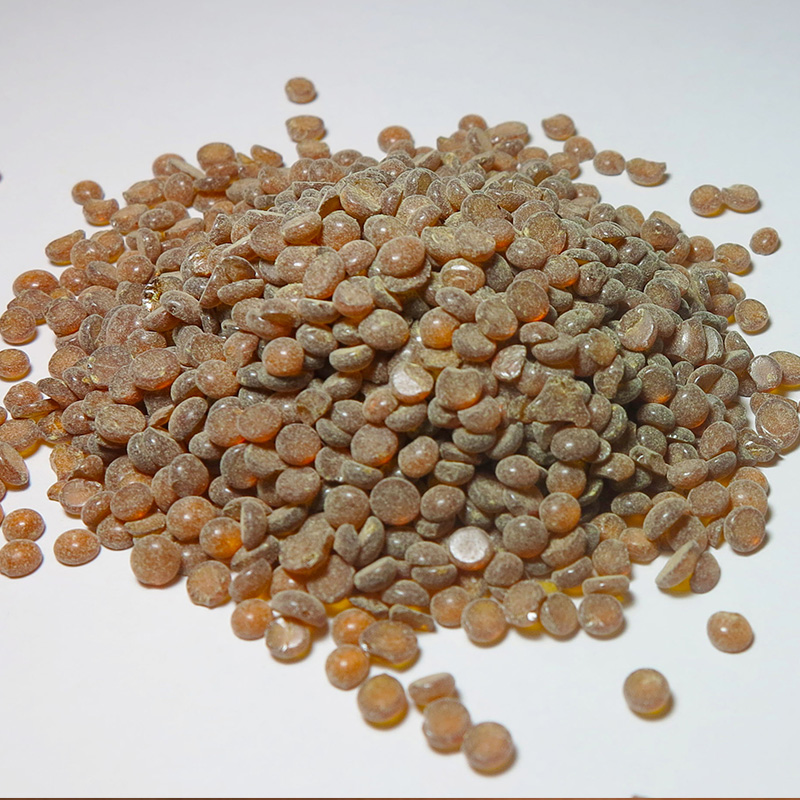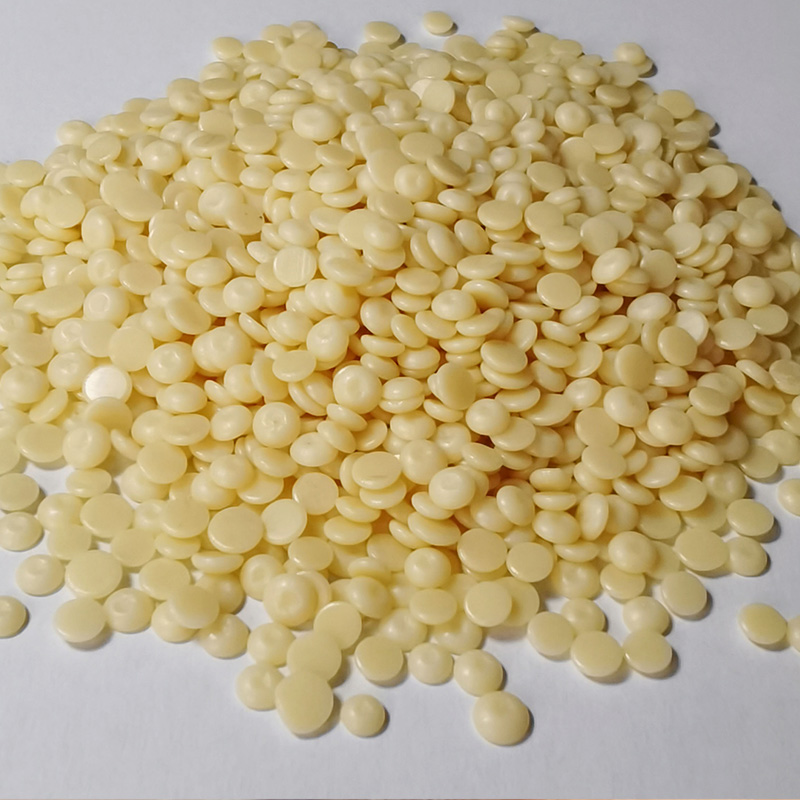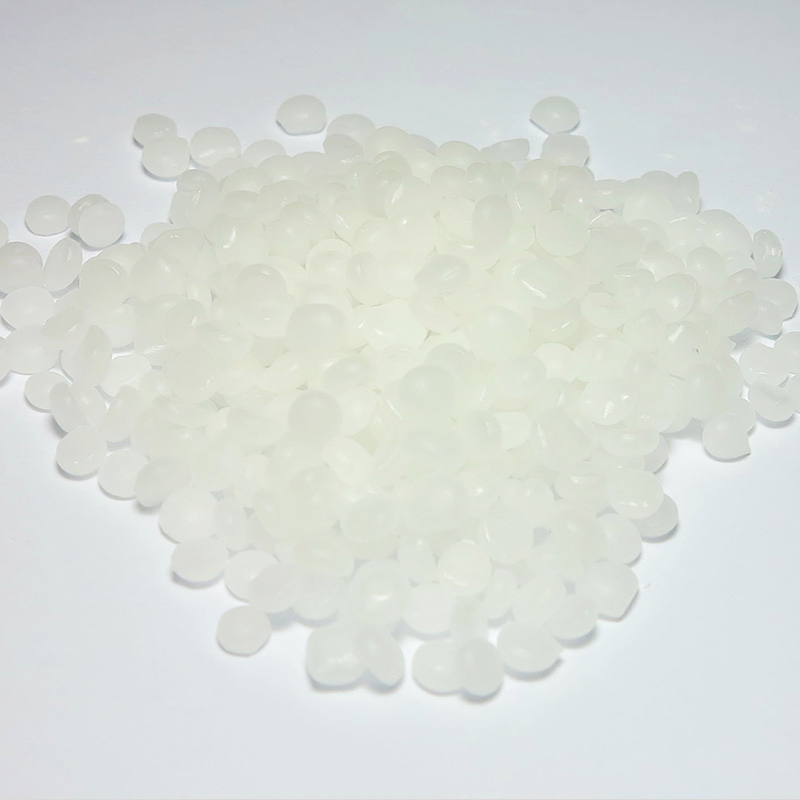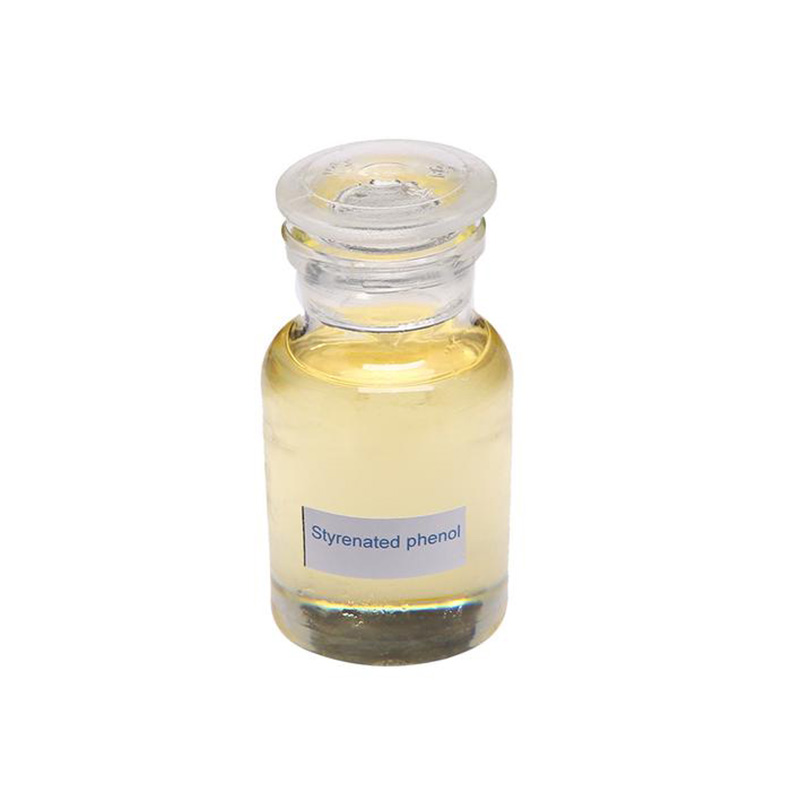Synthetic resins are widely used in various industries for their ability to provide durability, chemical resistance, and versatility in different applications. Among the many types available, Melamine resin holds a unique position due to its specific properties and areas of use. By comparing Melamine resin with other synthetic resins in the market, manufacturers and product designers can better understand which material is suitable for their production needs.
Melamine resin is a thermosetting plastic formed by the polymerization of melamine and formaldehyde. This material is commonly used in surface coatings, laminates, kitchenware, adhesives, and decorative panels. One of the main characteristics of resin is its strong resistance to heat, moisture, and chemicals. These qualities make it a popular option in industries where products are exposed to frequent use and various environmental conditions.
When compared to urea-formaldehyde resin, another thermosetting material, Melamine resin offers resistance to water and heat. Urea-formaldehyde resins are widely used in interior applications, such as particleboard and plywood adhesives, but they tend to have lower moisture resistance. As a result, resin is often chosen for surfaces like tabletops, countertops, and kitchen cabinets, where durability and ease of cleaning are important.
Another common comparison involves phenolic resin, which is known for its high mechanical strength and heat resistance. While phenolic resins perform well in demanding industrial environments, they generally have a darker color and are less versatile in decorative applications. Melamine resin, on the other hand, can be manufactured in a variety of colors and finishes, making it more suitable for decorative laminates, printed panels, and household products.
In the adhesives market, Melamine resin is frequently used in combination with other resins to improve bonding strength and water resistance. For example, it is sometimes blended with urea-formaldehyde adhesives to enhance performance in humid conditions. This allows manufacturers to produce composite panels and furniture that can better withstand moisture without significantly increasing production costs.
Epoxy resins, another widely used synthetic resin category, are valued for their adhesive strength, chemical resistance, and electrical insulation properties. While epoxy resins are often used in coatings, adhesives, and composite materials, they tend to be more expensive and complex to process than Melamine resin. For applications that do not require high-performance adhesives or coatings, resin provides a more cost-effective and practical option.
Polyester resins, commonly used in fiberglass products and coatings, differ from Melamine resin in terms of flexibility and curing process. Polyester resins are typically used in marine applications, automotive parts, and construction materials, where impact resistance and flexibility are important. In contrast, resin is better suited for rigid, flat surfaces and molded products due to its hard, scratch-resistant finish once cured.
One of the practical advantages of Melamine resin is its ability to create attractive, durable surfaces in home and office furniture. It is often used as a surface material in combination with medium-density fiberboard (MDF) or particleboard to produce affordable, easy-to-maintain products. The ability of resin to resist staining, scratching, and fading makes it a reliable choice for everyday surfaces like desks, shelves, and storage units.
In the tableware industry, Melamine resin is a popular material for manufacturing lightweight, durable plates, bowls, and cups. Unlike ceramics or glass, items made from resin are less likely to break when dropped, making them suitable for commercial food service, catering, and casual dining environments. The material’s ability to retain color and surface finish over time also contributes to its appeal in these settings.
Despite its many advantages, Melamine resin has certain limitations. It is less flexible than some other synthetic resins, which can restrict its use in applications requiring impact absorption or elasticity. Additionally, while Melamine resin offers good chemical resistance, it can degrade under high temperatures or prolonged exposure to strong acids and alkalis. Understanding these characteristics helps manufacturers choose the right material for each application.



 English
English Português
Português Español
Español русский
русский 中文简体
中文简体